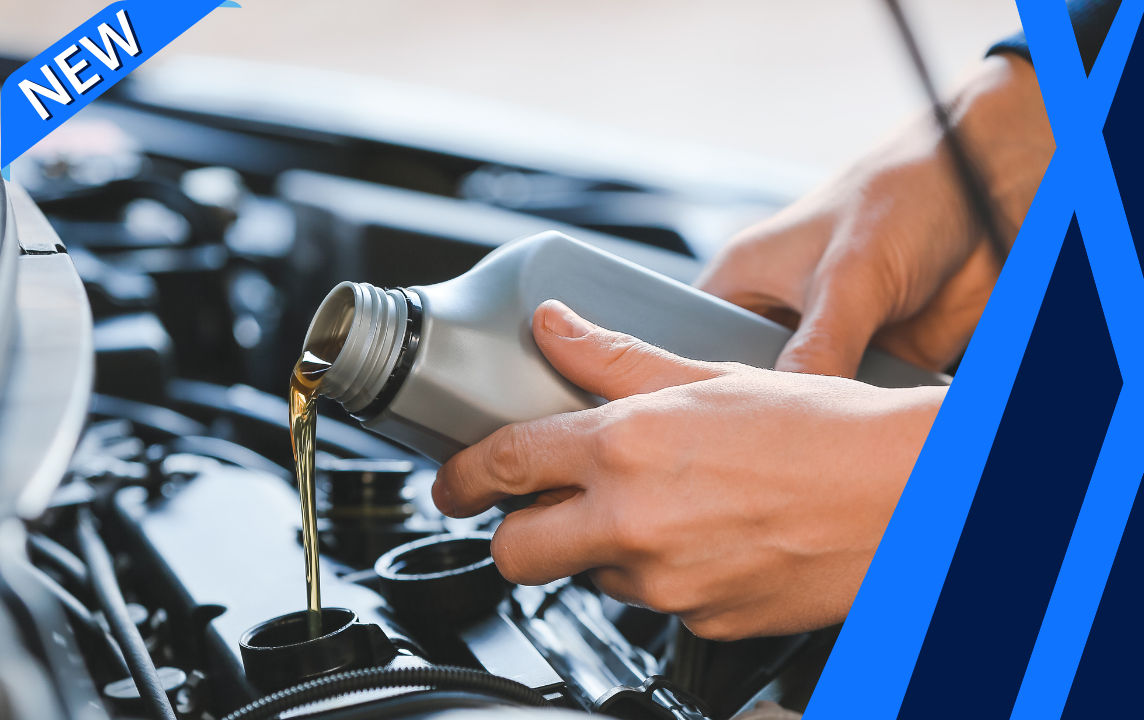Description
The car is leaning to one side Inspection
How this system works:
Many components help keep your car balanced, both when you’re driving it and when it’s parked. These components are all connected, with the chassis (the mainframe of your vehicle) and wheels being connected in part by the suspension and shocks. When all components are working correctly, the suspension, shocks, chassis, and wheels together form a nearly perfectly balanced vehicle.
Common reasons for this to happen:
Stuck struts, springs, and shock absorbers: Struts are what suspends the body of your vehicle above the wheels. They help transfer the weight of the car to the wheels. They also contain shock absorbers, which help absorb the impact of the road so that you have a smooth ride. The shock absorbers are able to absorb so much force because they rely on coil springs. All three of these components – the coil springs, shock absorbers, and struts – can become stuck on one side of the vehicle. When this happens, that corner of the vehicle won’t move up and down the way it is supposed to, and it will be stuck higher or lower than the other side of the vehicle.
Bent suspension or twisted chassis: The suspension and the chassis are two of the largest and most important components of any vehicle. These two parts of the car are the foundation of the vehicle. When one of them is bent, or twisted, the foundation of the car is no longer straight and balanced, and the vehicle will lean in one direction or the other.
Tires are not consistent in size: It goes without saying that a fully inflated tire stands taller than a deflated one. As such, a car with fully inflated tires will be a different height than a car with deflated tires. If one or two of your tires is low on air, while the rest are fully inflated, it can cause your car to lean one way or the other. Or, if one or two of your tires are simply a different size specification than the others, your car will have a noticeable lean.
What to expect:
A top-rated mobile mechanic will come to your home or office to determine the cause of the car leaning to one side, and will then provide a detailed inspection report that includes the scope and cost of the necessary repairs.
How it’s done:
A mechanic can often tell where the problem originates by the way that the vehicle is leaning. However, they often will inspect the car from below, to check the status of the chassis, suspension, springs, shocks, and struts, as sometimes it’s more than one issue that is causing the leaning problem. Some of the issues – like jammed struts or underinflated tires – can be fixed, while others have to be replaced. Serious damage to the chassis or suspension often means that a larger repair is in order.
How important is this service?
A car that is leaning to one side is almost always experiencing an issue with the shocks, springs, struts, chassis, or suspension. These are all critical parts of the vehicle, and should not be dismissed. Continuing to drive a vehicle that is leaning to one side or the other can do further damage to these components. Even if the initial problem is relatively simple, severe damage can ultimately occur if the issue is not resolved quickly.




